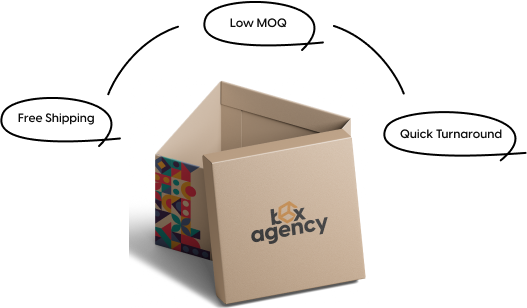12 Different Types of Packaging Materials Manufacturing, Uses and Benefits
Packaging materials are essential to ensure your items, whether luxury or ordinary, arrive safely in perfect condition. With various choices accessible, packaging plays an important role in securing items and enhancing their value. Packaging caters to diverse needs and offers arrangements for each item From premium wraps to sustainable plant based materials. As packaging proceeds to advance, it balances functionality with stylish value that offers brands a way to stand out in the market.
The demand for eco friendly materials has increased significantly. More than 50% of customers choose environmentally friendly materials made from recycled or renewable resources. Therefore it is becoming more and more popular. Businesses are adopting these options to meet consumer expectations and reduce natural effects from kraft paper to plastics. As awareness around sustainable practices rises, the packaging industry is moving towards materials that are both innovative and environmentally friendly.
What Is the Meaning of a Packaging Material?
A packaging material is any substance used to contain or transport items from the manufacturer to the consumer. It can be made from a variety of materials such as paper, plastic and metal and serves to prevent harm and keep up with item quality. Packaging materials moreover play a key part in a promotion that helps to showcase the item and draw in consumers.
12 Types of Packaging Materials

Packaging materials vary in quality, flexibility, and sustainability, offering security, durability, and stylish appeal while catering to specific item needs.
1. Kraft Paper
Kraft paper is a strong and durable paper made from wood pulp. Produced through the kraft process where wood chips can be chemically treated with a mixture of sodium hydroxide and sodium sulfide to remove lignin. This process results in a high strength paper with a natural brown color. Kraft paper is broadly used for packaging because of its strength and eco friendliness. The material’s strength also makes it perfect for use in boxes that guarantee that items are safely transported.
2. Cardstock
Cardstock is a thick and heavy paper that is made from wood pulp. It is created by pressing and drying layers of paper fibers under high pressure creating a sturdy and smooth surface. Cardstock is broadly used in applications where durability is important such as greeting cards and premium packaging. Its rigid nature allows for simple printing making it a great choice for marketing materials. The material is a strong surface that makes sure that printed designs maintain their shape and integrity.
3. Corrugated Cardboard
Corrugated cardboard is made by sandwiching a fluted sheet of paper between two level sheets and a lightweight material. The paper is, to begin with pulp and then shaped into a corrugated structure through a heating and pressing preparation. This structure gives exceptional strength that makes it perfect for shipping boxes and item packaging. Corrugated cardboard is commonly used to ensure fragile things during transit due to its shock absorbing properties.
4. Bux Board
Bux board is a thick and rigid paperboard made from virgin pulp that is regularly processed using a combination of mechanical and chemical methods. The result is a sturdy material with a smooth surface that is perfect for premium packaging. Bux board is commonly utilized for packaging luxury things such as electronics, cosmetics, and perfumes. Its quality ensures that delicate items are well protected while its smooth surface is perfect for quality printing and branding.
5. Metal
Metal packaging is crafted from materials such as aluminum or steel which are processed through methods like extrusion or stamping. Metals are durable and give excellent protection against light and moisture. This makes metal packaging perfect for food and beverage holders and makeup. The material can be molded into an assortment of shapes that offer versatility in design.
6. Polyester Resin
Polyester resin is a versatile plastic material made from polymerizing a combination of acids and alcohols. The fabricating process includes mixing the raw ingredients and warming them to form a solid plastic. This resin is commonly utilized to produce bottles and flexible packaging movies. Its resistance to moisture and UV radiation makes it a great choice for packaging nourishment, refreshments, and beauty care products.
7. Foam and Cushioning Materials
Foam and cushioning materials are crafted from plastics such as polyethylene or biodegradable plant based options. The manufacturing process includes expanding the fabric to form air pockets which make it lightweight and shock absorbent. These materials are commonly utilized in packaging for delicate things that give cushioning and prevent harm during travel.
More Plant-Based Packaging Materials
Plant-based materials are derived from normal plant sources and are considered more sustainable compared to traditional plastics. These materials regularly offer an eco-friendly alternative for packaging needs.
8. Bioplastics
Bioplastics are made from renewable resources such as cornstarch or sugarcane. They are biodegradable and help reduce reliance on fossil fuels.
9. Bagasse
Bagasse is a byproduct of sugarcane processing. It is a biodegradable material commonly utilized for food holders and trays.
10. Mushroom Packaging
This packaging material is natural and regularly used and is made from mycelium, the root structure of mushrooms, as an alternative to styrofoam.
11. Seaweed Packaging
Seaweed packaging is an innovative material that can replace plastic. It can be used on small items such as food wraps.
12. Peanut Packaging
Peanut packaging is made from natural peanuts and is used for protective packaging. It is a completely biodegradable option.
How Do I Know Which Packaging Material is Best for My Products?
Choosing the right packaging material for your products can depend on several factors:
-
Budget Finalization
The packaging material must be affordable guaranteeing satisfactory protection for the item. Balancing a toll with quality is basic for an efficient packaging solution.
-
Product Characteristics
The material chosen should match the nature of the product. Delicate things may require padded packaging like foam.
-
Safe Transportation
Packaging must keep the item secure during travel. Materials like corrugated cardboard and foam offer extra security for delicate things.
-
Consider the Environment
Sustainable packaging options, such as plant-based materials are becoming more important in today’s eco conscious world.
Why Do We Need to Know About Packaging Materials?
Understanding different packaging materials is significant for businesses and consumers alike. It helps in selecting the proper material for item safety and cost efficiency. Informed choices about packaging can lead to way better security for items and a positive natural footprint.
Which Packaging Material is Eco Friendly?
Environmentally friendly packaging materials are those that have a minimal impact on the environment. Options such as bioplastics, mushroom packaging, and bagasse are biodegradable and sustainable. These materials reduce waste and the need for harmful plastics.
Which Type of Packaging is Best for Food Packaging?
Materials that ensure item freshness and hygiene are basic for food packaging. Corrugated cardboard, bioplastics, and bagasse are all well known choices. They offer protection and are regularly biodegradable and keep food safe for transport. These materials are safer for the environment compared to traditional plastic.
Where to Get Eco-Friendly Packaging?
Many suppliers offer environmentally friendly packaging materials. You can find them online or in local stores that specialize in sustainable products. Box Agency is a great place to find environmentally friendly packaging that specializes in different and unique packaging and custom design services. We understand the specific requirements to ensure effective and aesthetic packaging.




